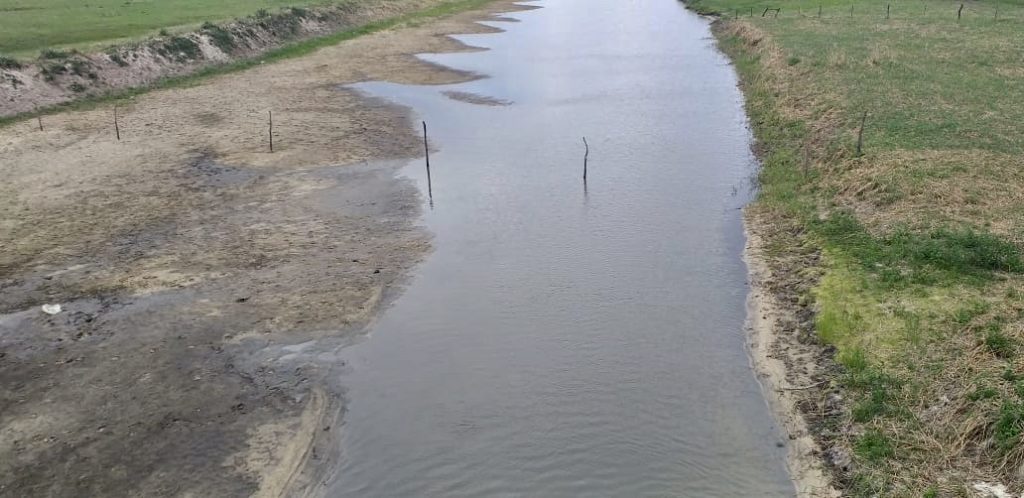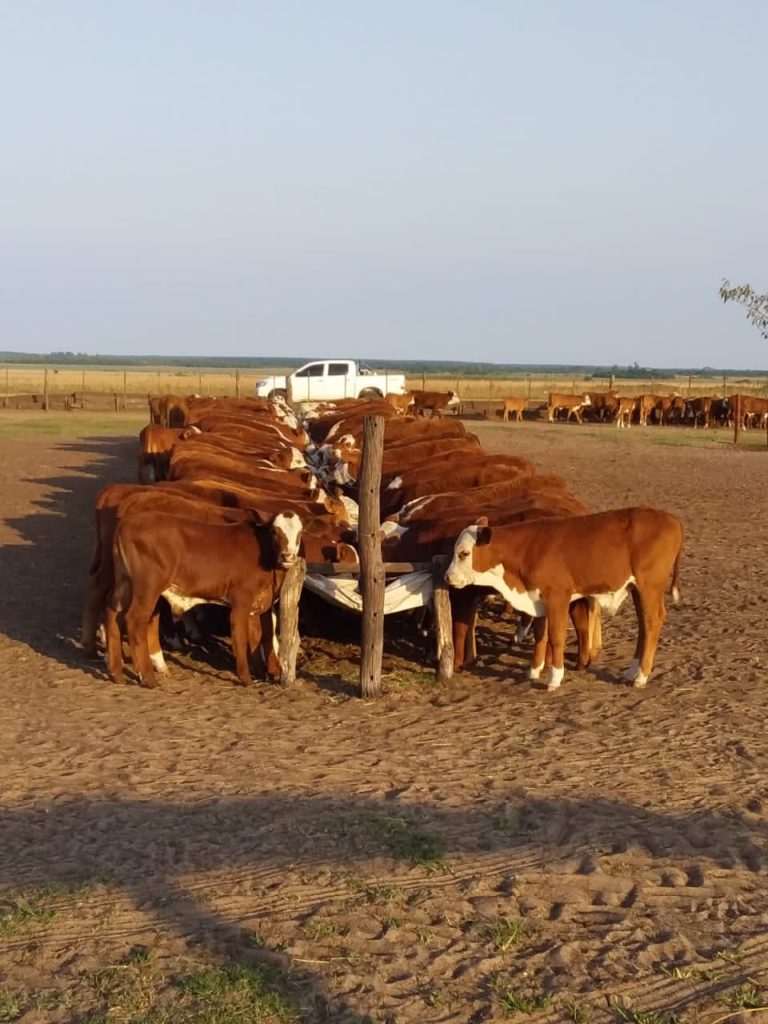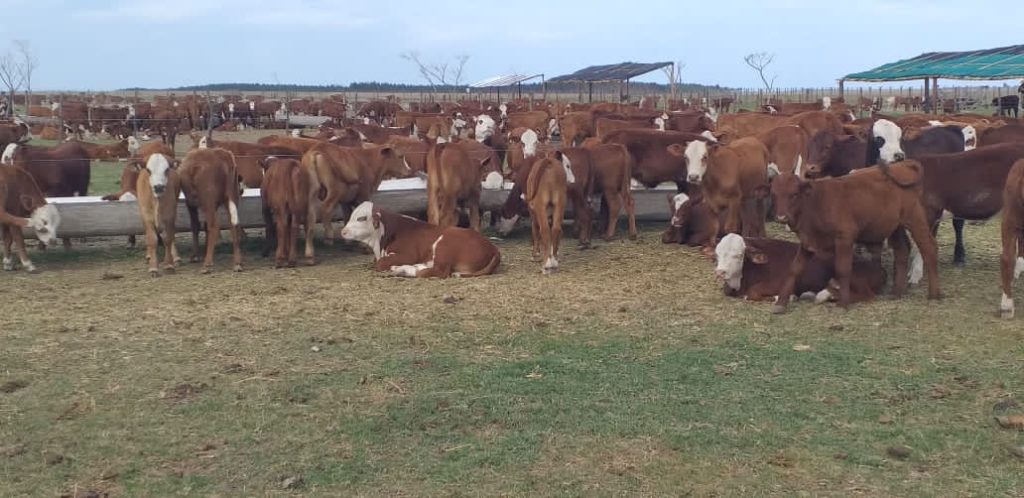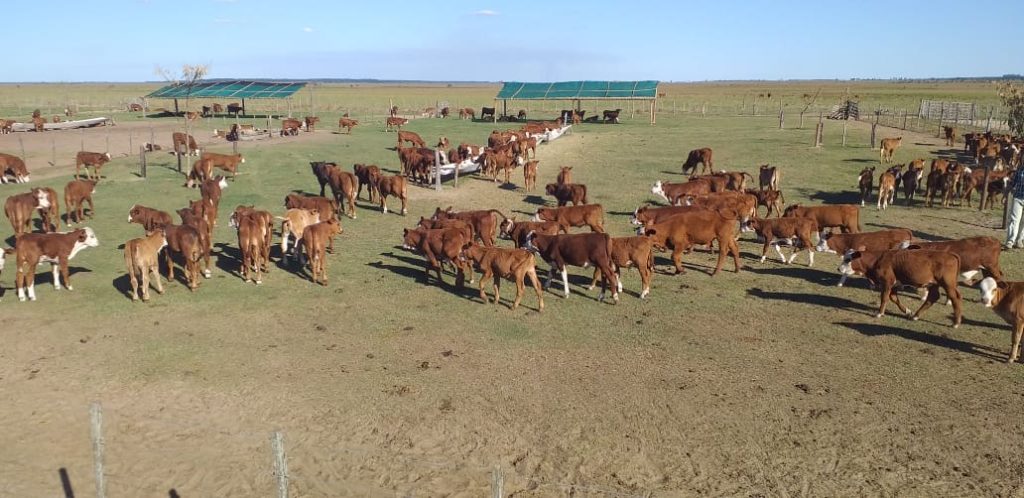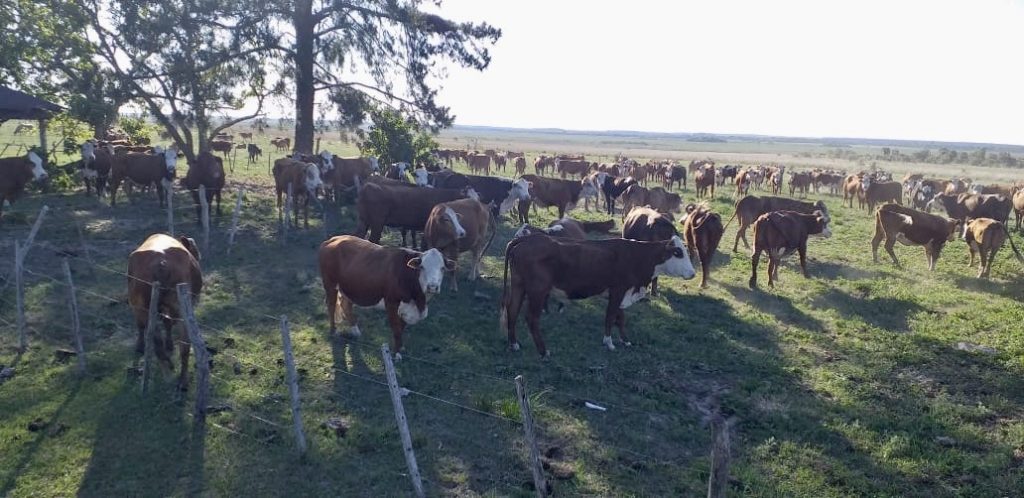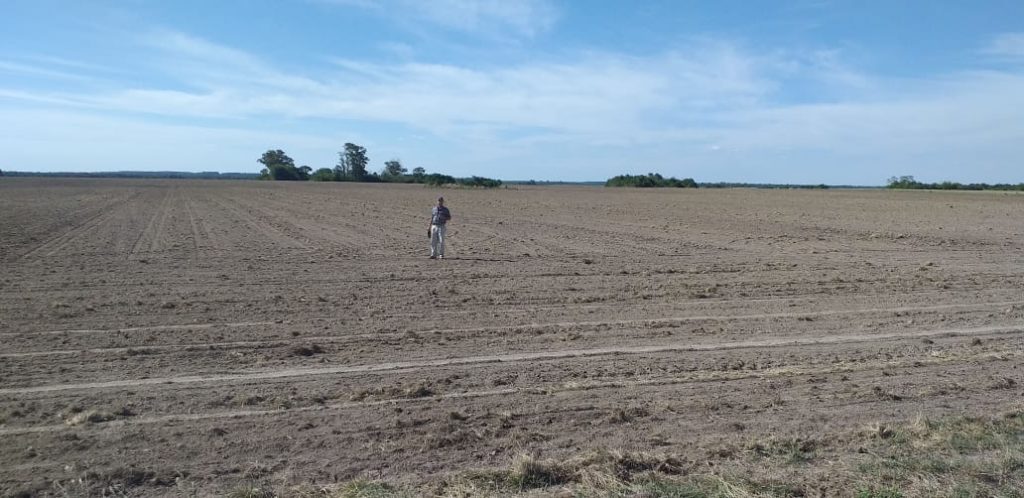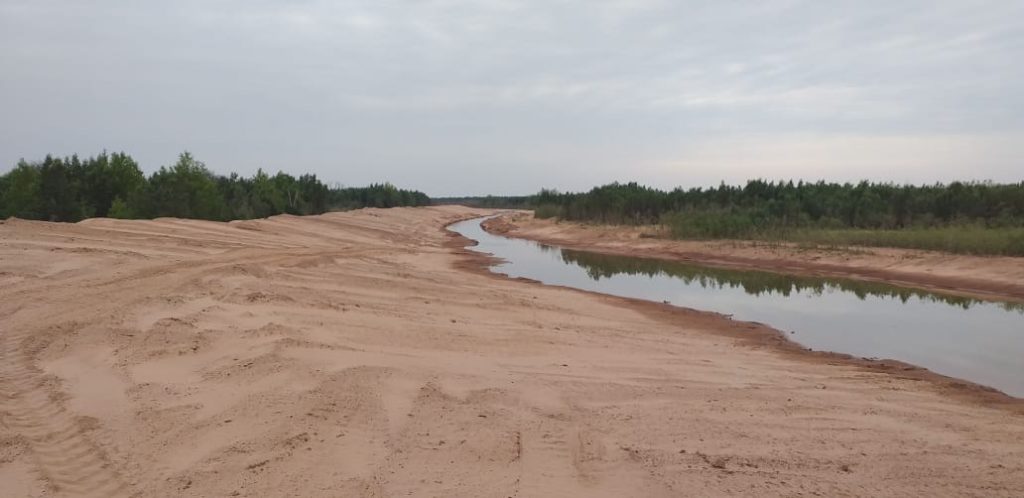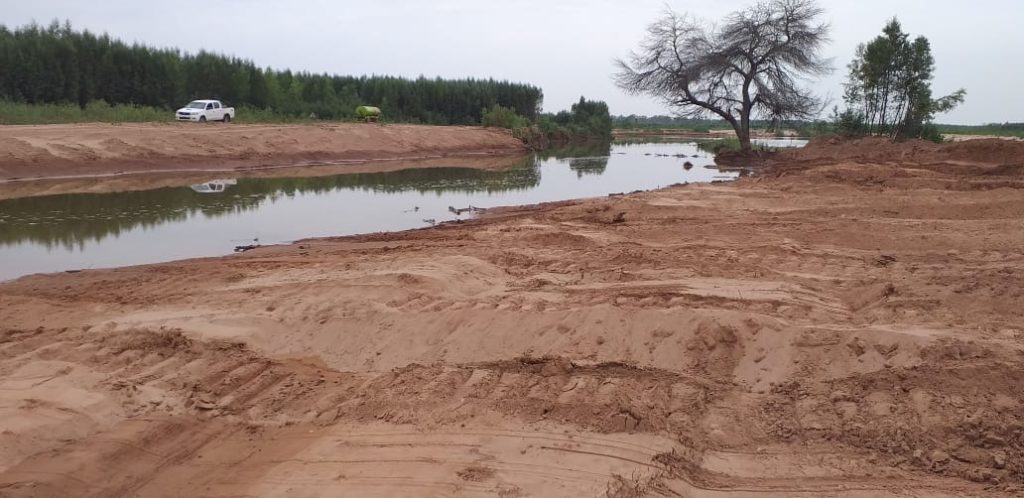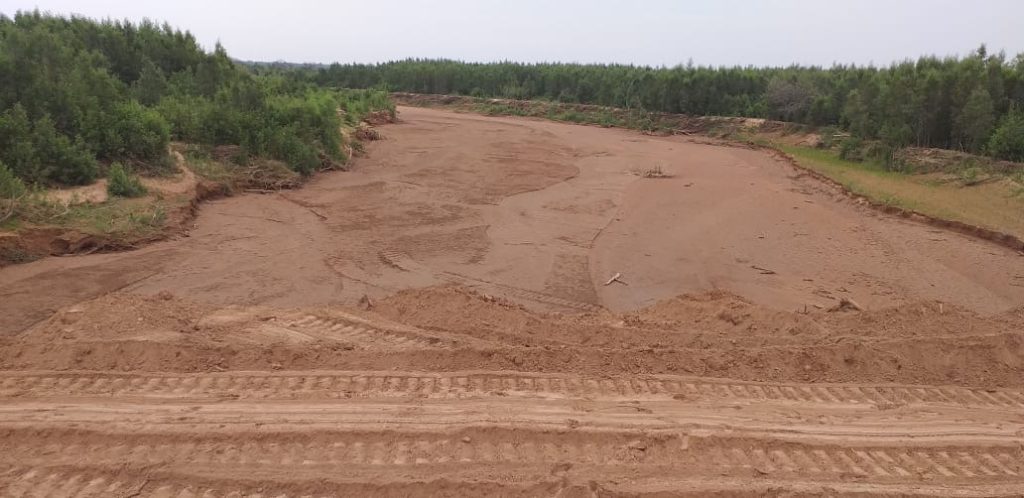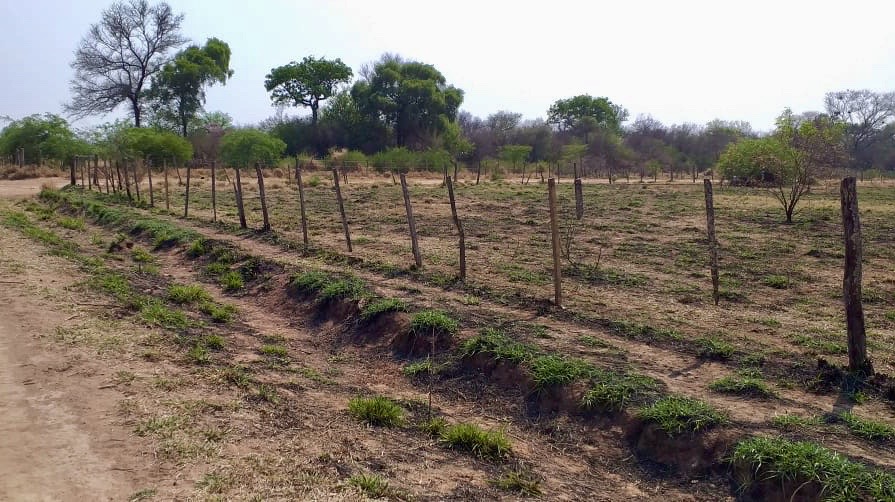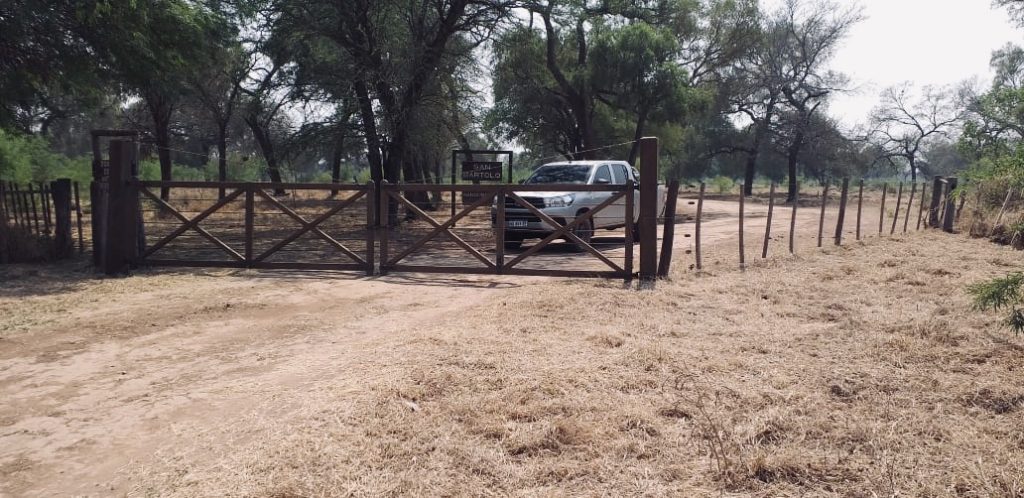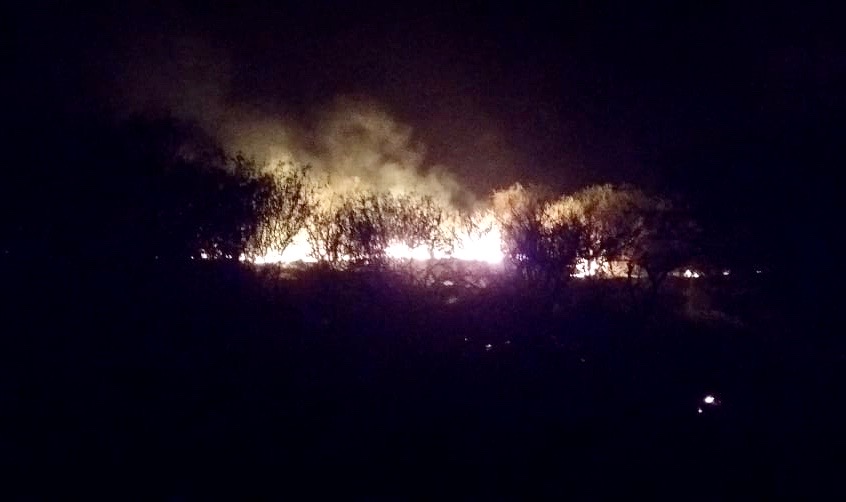On May 18, cattle farmers started a 9 day halt on cow sales to slaughterhouses to protest against the governmental decision to suspend beef exports for at least 30 days in order to moderate skyrocketing domestic meat prices.
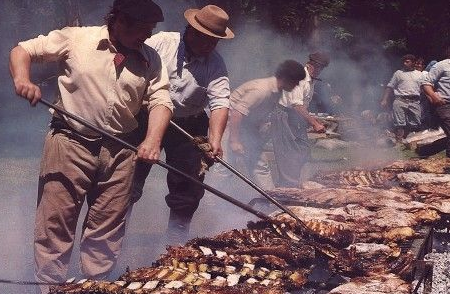
To justify this decision, President Fernández said in an interview that “The meat issue got out of hand. The prices rise month by month without justification. We have to put it in order”. The price rises contributed to Argentine inflation, already among the highest in the world, reaching 17.6% in the 1st quarter of 2021. The cost of living soared 46.3% in the last 12 months, and beef prices roses 65.3% over the same period.
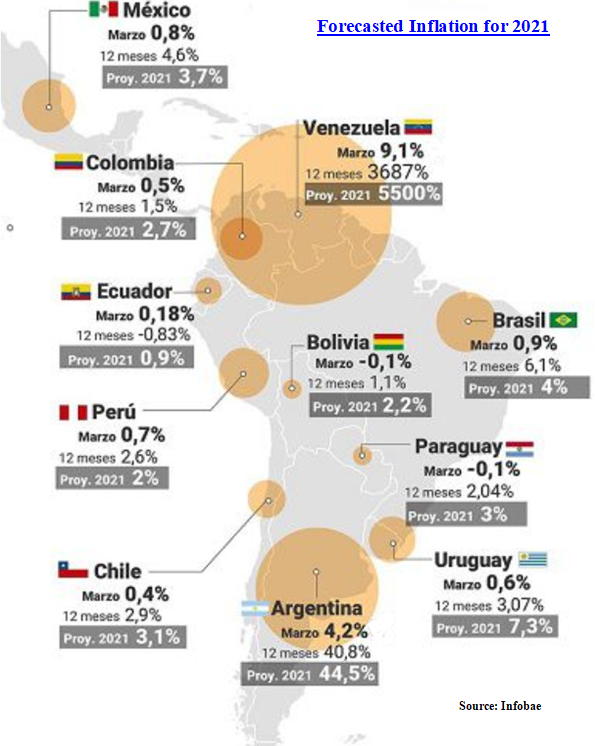
For the Argentine Rural Society President, “The damage caused by the measure will decrease the supply of meat, making prices rise as has happened in the past.” The beef industry employs around 100,000 people and Argentina exported 819 billion tons of beef and cow leather worth $3.4 billion in 2020-primarily to China and Russia. Neighbouring countries Such as Uruguay, Brazil and Paraguay will take advantage of this situation and benefit from new market opportunities for their beef.
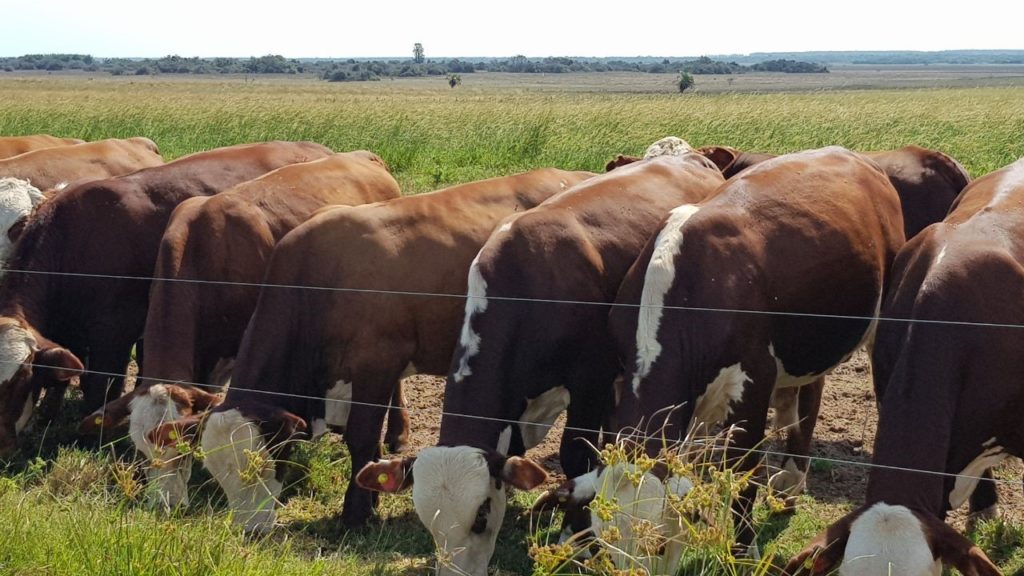
Back in 2006 when Néstor Kirchner had risen to 40 % export taxes on beef, the dollars from the commodity price boom perhaps gave Argentina the luxury of being able to sacrifice one of its main export markets but that luxury does not exist today …even with a new commodity boom placing grain prices at near-record levels. During that period, 12.5 million head of cattle and 19,000 jobs were lost that have not yet been recovered.

With respect to our operations (over 8,600 heads in Argentina), we have decided to defer our forecasted cattle sales (mostly male calves coming from Curupi Pora farm) while waiting to have more readability. We have dense pasture at the farm currently and sale them with a higher weight.

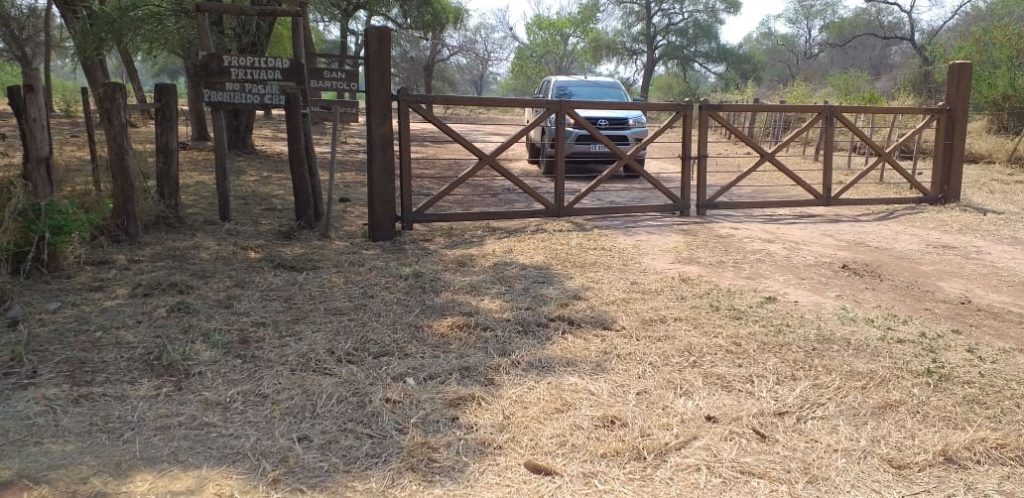


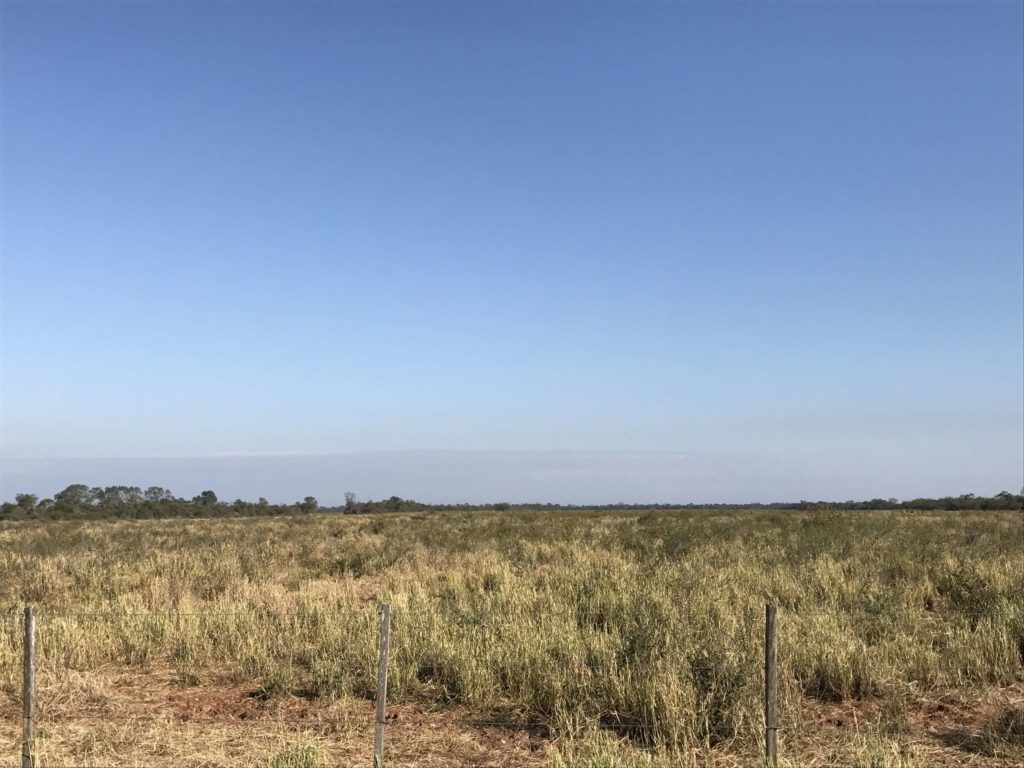
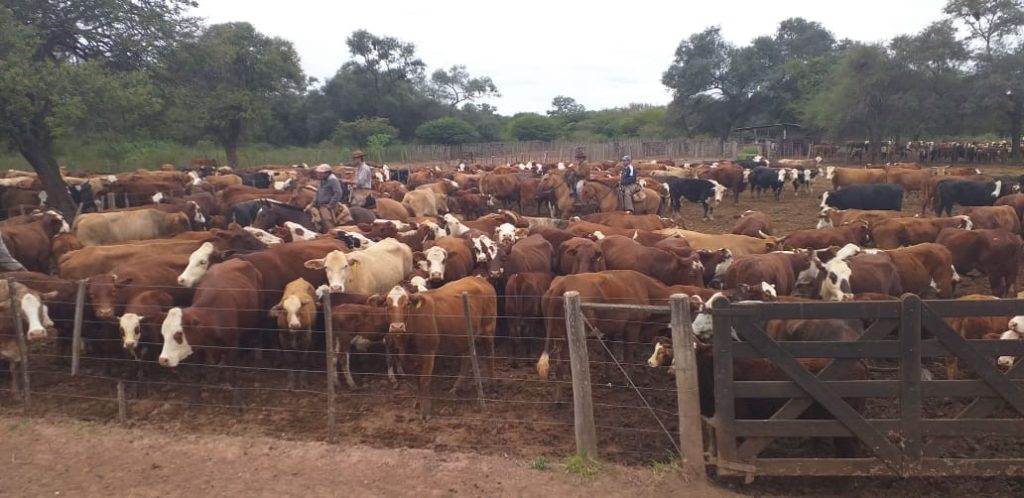
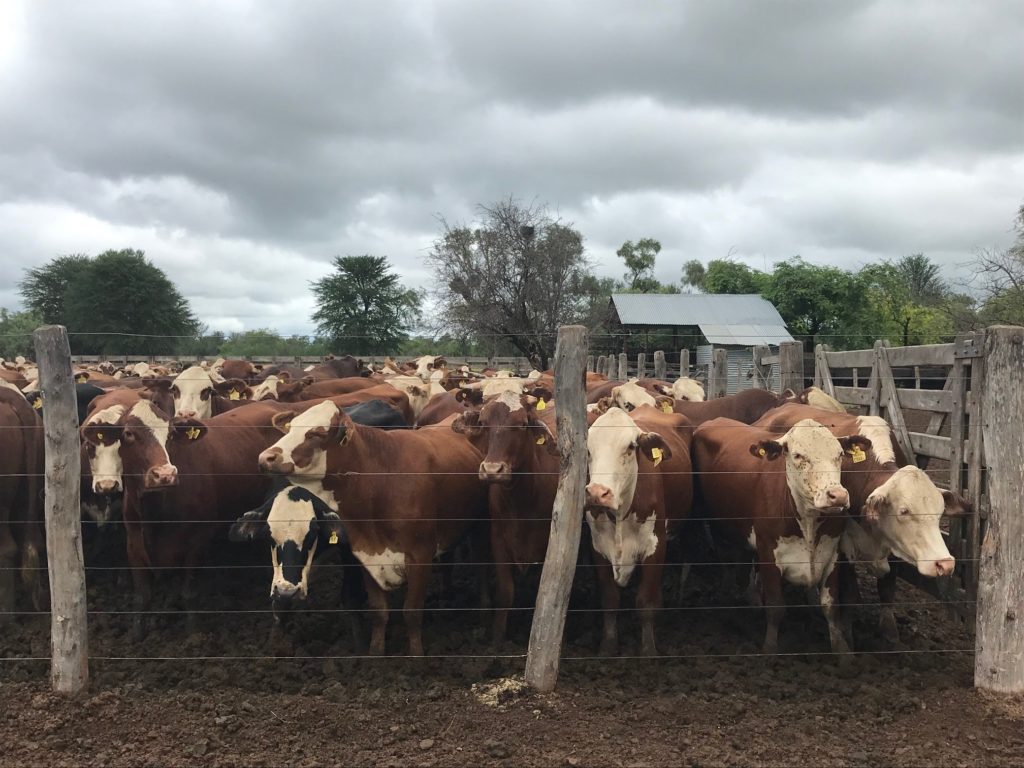




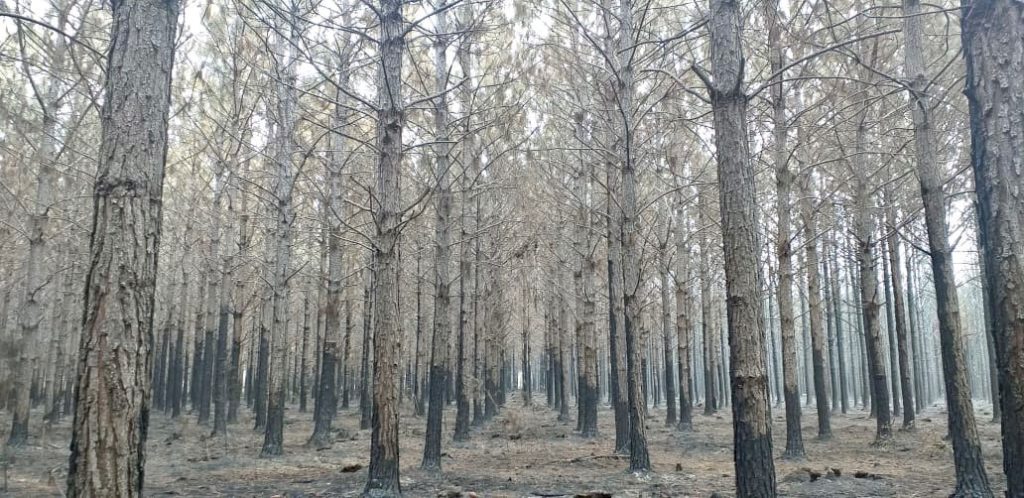




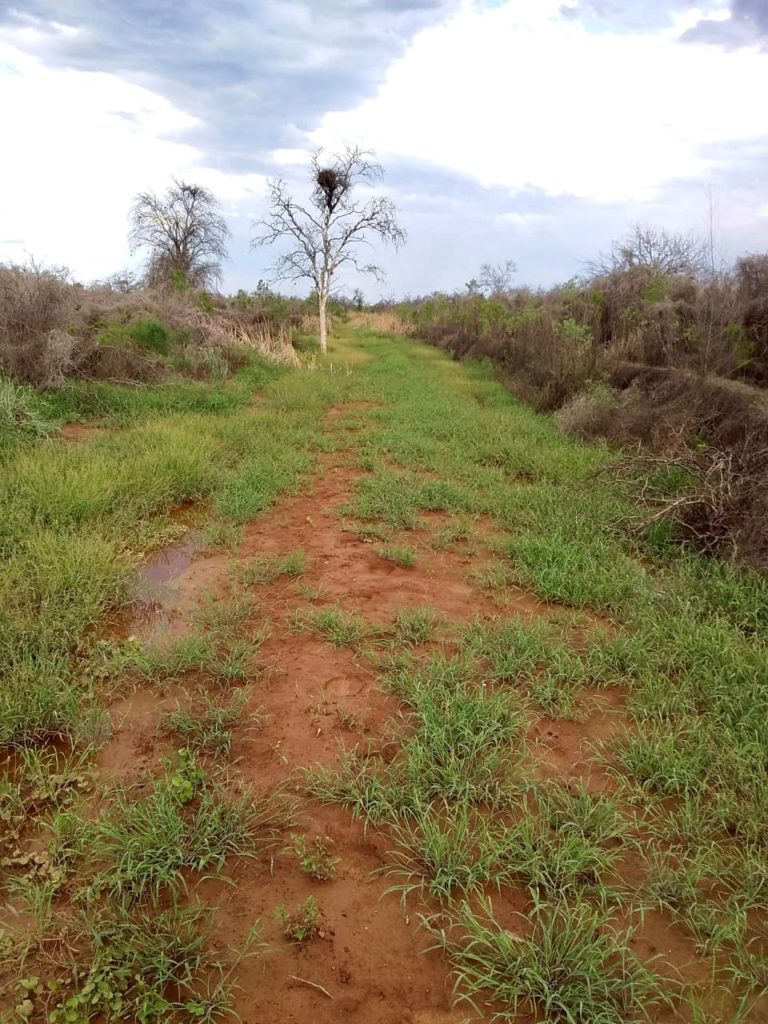
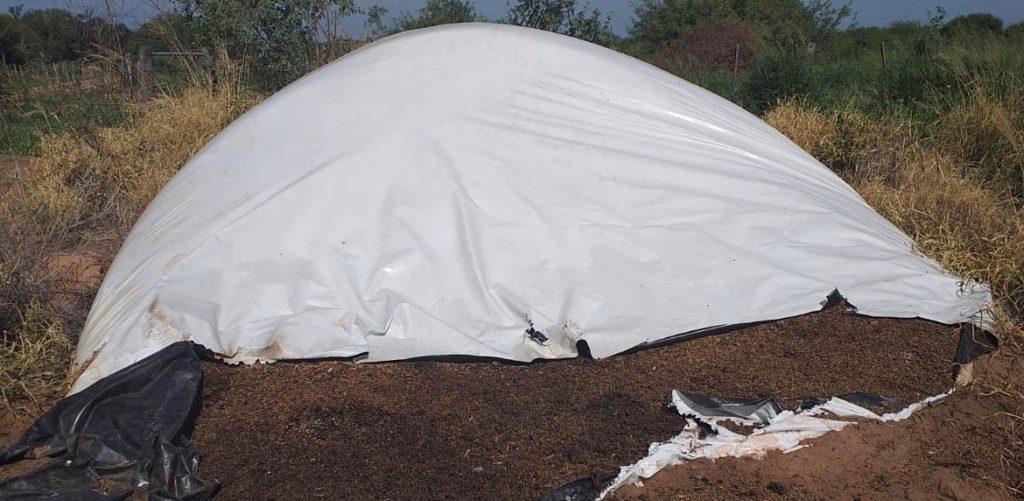







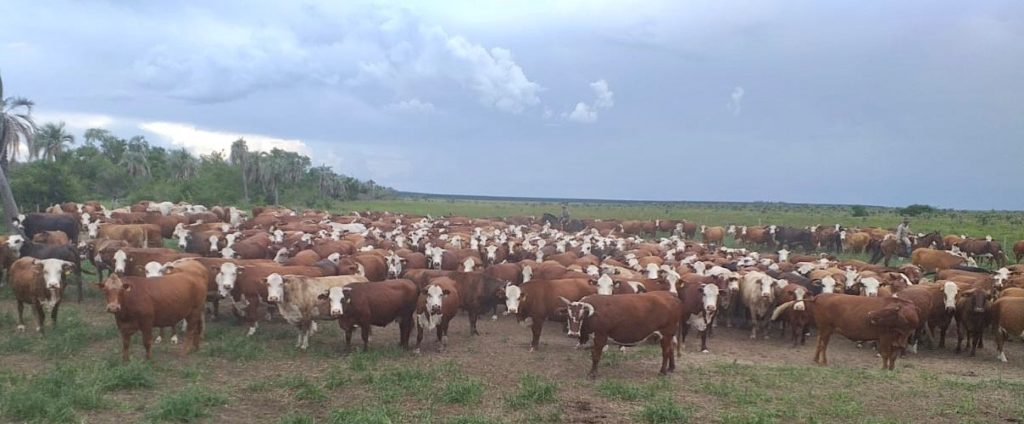

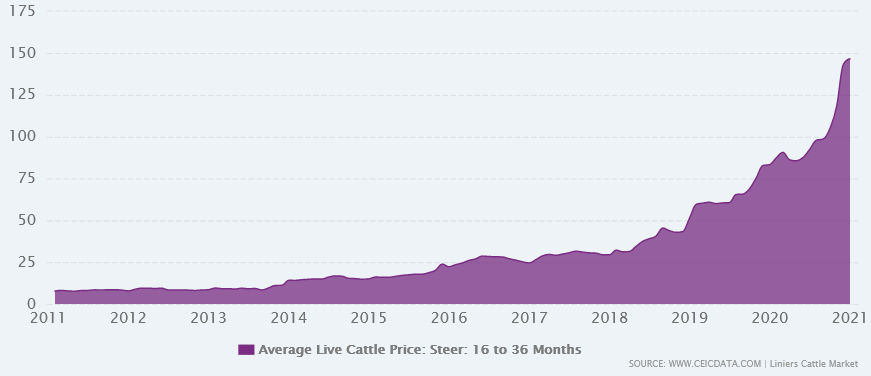
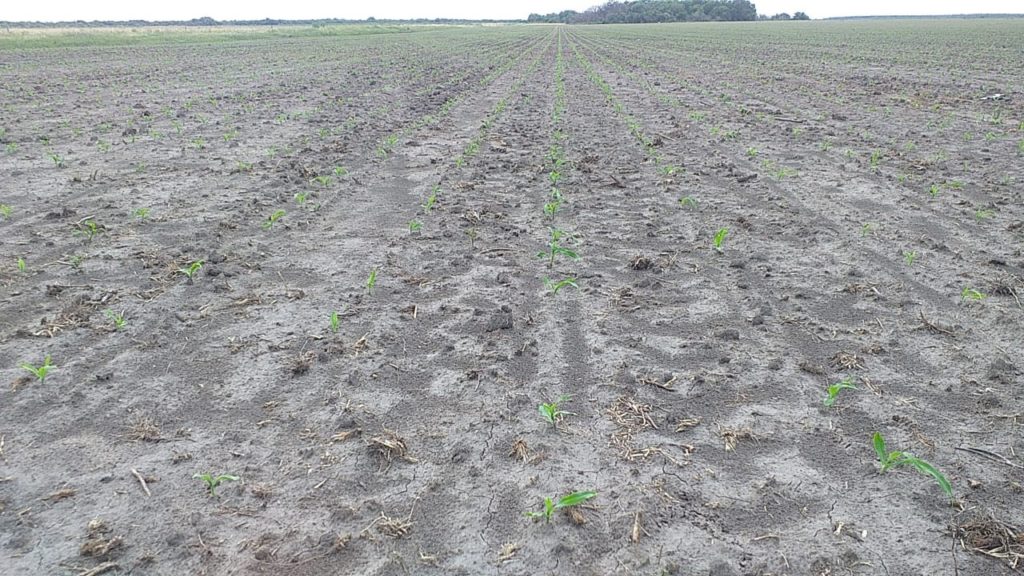
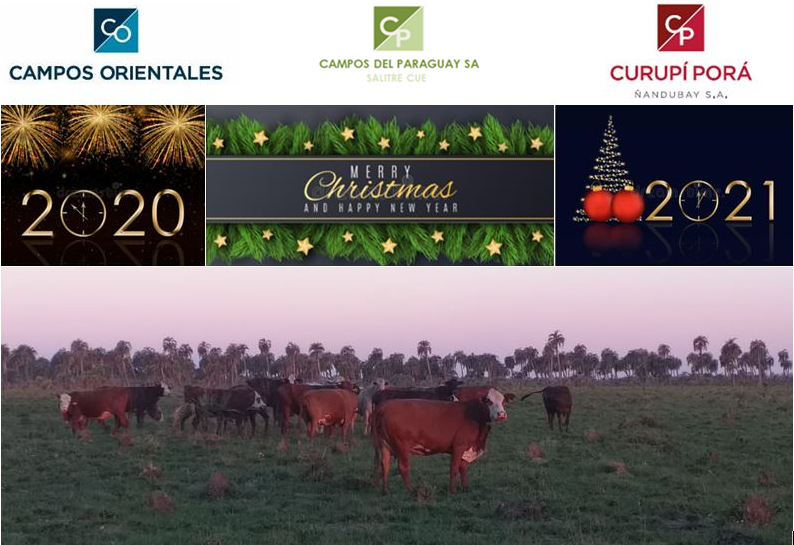
 Source: Bloomberg
Source: Bloomberg